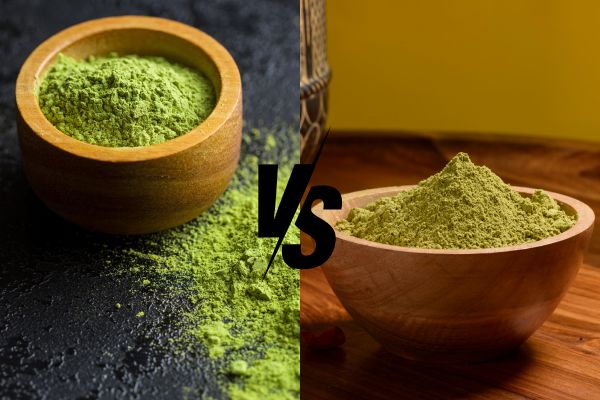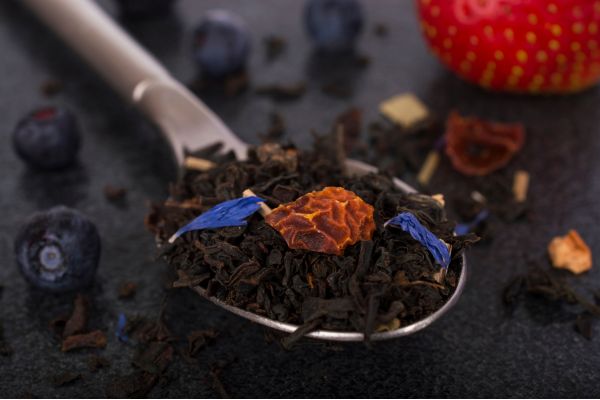Have you ever wondered how equipment is cleaned in factories? In this article, we will explore the CIP (Cleaning in place) procedure in beverage production.
Contents
Introduction
Cleaning in place is an essential cleaning procedure that guarantees product safety, hygienic conditions, and regulatory compliance in beverage production. CIP procedure uses mechanical, chemical, and thermal forces to clean in a pre-set time. The following is a comprehensive description of the CIP process.
What is CIP and why is it important?
CIP, also cleaning in place, is an automated cleaning method that properly clears up the equipment without removing or taking it apart. CIP includes both mechanical and chemical processes that happen before and after production or when switching a processing line. It is applied in various industries, including food, beverage, dairy, chemical, cosmetics, and pharmaceuticals. CIP is often performed in equipment like tanks, vessels, or pipelines, to eliminate bacteria or product residue.
There are two methods of CIP processing, including single-use cleaning and recovery CIP. While the cleaning solution is drained immediately after use in the first way, the detergents in the other method can be reused. Single-use cleaning is suitable for filthy equipment like the UHT system. However, less dirty parts can apply recovery CIP to reduce environmental waste.
CIP is crucial in ensuring safety during processing, avoiding any potential contamination that can affect the finished products. A successful CIP process can help decrease the rate of unqualified products. Besides, cleaning without disassembling or moving the equipment helps reduce downtime, and save money, and labor compared to manual cleaning.

What are cleaning parameters?
Kinetic, chemical, and thermal energy combined with the contact time will determine the cleaning effectiveness.
Mechanical force
In CIP processes, the mechanical force is the shear force produced by the flows. A turbulent flow is required to remove the air from the system and move the particles through the circuit. To achieve an adequate mechanical force, the flow rate is recommended to be more than 1.5 m/s. The faster the cleaning liquids are pumped, the higher the flow velocity is. While cleaning, the flow passes through the equipment, reacts with the soil, and washes it out. Besides, spray devices are often installed inside tanks to ensure the detergents can cover all their inner surface.

Chemical force
The chemical force, combined with the shear force of the flow, will react with the soil and help remove it. Alkaline detergents are often used first, after a flow of RO water. They can break down sugars, fats, and proteins. Pure sodium hydroxide (NaOH) or its formulation with other cleaning-aiding components can be used as detergents. The appropriate NaOH concentration usually ranges from 1.5 to 2%
Following the alkaline cleaning is the acid cleaning step. This detergent typically dissolves minerals and also has some impacts on protein, fats, and sugars. The commonly used acid detergents are nitric acid and phosphoric acid. Nitric acid is usually used at concentrations of 0.5 to 1.5%. Too high concentrations of acids can adversely affect equipment and machinery.

Thermal force
The effectiveness of detergents can be enhanced by the increase in temperature, also called thermal force. The chemical reactions usually depend much on temperature, especially the alkaline cleaning process. Therefore, the temperature recommended for alkaline is often higher than that for acid detergents, at about 60-70°C. The cleaning temperature should be the same as when producing because higher temperature differences can lead to reactions in the soil and make it harder to clear away. Additionally, the ideal temperature for each detergent varies depending on the objects being cleaned.
Time
Last but not least, the time each force used should be controlled to avoid waste and negative effects. During the alkaline cleaning process, ten minutes is typically sufficient to contact effectively. Meanwhile, the acid cleaning phase often requires a shorter time so as not to adversely affect equipment. Besides, five to ten minutes is enough for water cleaning.
What are cleaning procedures?
After a specific period of operation, the manufacturing plant is stopped and cleaned, ensuring food safety and product quality. Typically, a CIP procedure includes five steps: pre-rinse, alkaline cleaning, rinse, acid cleaning, and final rinse.
Firstly, the equipment is pre-rinsed with RO water, often at 40 to 60°C, to get rid of leftover sugar and fats. Over 60°C temperature may denature native proteins, making them more challenging to clean.
Next, an alkali is introduced to remove the organic soil. They are put through pines and spray devices in tanks. Concentration and temperature are set and varied depending on the detergents and machines. The flow is maintained at a level that provides a satisfactory flow velocity.
After a desired time, the alkaline cleaners and dissolved residues are cleared with clean water.
After that, an acidic detergent is run through the machinery. How often an acidic step is applied is usually based on the product type, water quality, and whether the surfaces are hot or cold. During this phase, flow, temperature, and concentration of acidic detergents are maintained at the set points and pre-set time.
Finally, water is introduced to remove all the detergent and soil. It is necessary to ensure that all the residues are cleared up, leaving only water in the machinery. The plant must be completely clean to be ready for the next production.
After checking the quality of the cleaning process, a sterilization phase often occurs before starting a new production process.

What are cleaning verification and validation?
Cleaning verification means rechecking whether the cleaning process is performed appropriately. However, there is no specific method for all plants. Depending on factory size, product elements, and environmental conditions, visual inspection, and analytical verification can be applied. Visually, the equipment must be clean without any product residues and cleaners. It can be checked by looking or using a white cloth. For further microbiological testing, samples are taken randomly from the machines’ surfaces. Because the analytics can take time, it can be done periodically. In addition, ATP swabbing can be used to discover any presence of a living organism.
Meanwhile, cleaning validation confirms that a cleaning process works well, removes all the residues, and can be repeated. It is crucial to ensure equipment cleanliness, operational consistency, and regulatory compliance. There are some elements in a validation process, including design, installation, operational, and performance qualification. Several acceptance criteria contain residue limits, microbial standards, and detergent residues.

About Future Generation Co.,Ltd
Future Generation Company Limited is one of the largest beverage suppliers in Vietnam, with 27 years of experience in production and export. FGC is equipped with modern machines such as Hotfill PET and TetraPak, ensuring high-capacity production. FGC strives to achieve our mission to become Vietnam’s leading healthy beverage company. Our factories also meet international standards such as ISO, HACCP, etc. In addition, we constantly innovate our machinery system, strengthen production capacity, and increase productivity.
FGC also provides Private Label Services. With this service, we can help customers in researching and formulating beverages, designing product label packaging, and creating their own brands. This is an ideal solution for small and medium enterprises. Moreover, FGC provides free samples for customers to test before bulk orders. We also ensure delivery as fast as possible.
Contact
Address: R4 building, Office Quarter 02, Royal City, 72A Nguyen Trai St., Thanh Xuan Dist., Hanoi.
Phone: +84 24 73 000 125/ +84 24 73 063 369
Mail: info@vietnam-tea.com
Website: https://vietnam-tea.com/
Facebook: https://www.facebook.com/fgcvietnamtea
LinkedIn: https://www.linkedin.com/company/fgcvietnamtea/
Alibaba: https://fgcvietnam.m.trustpass.alibaba.com/
Source:
https://www.sciencedirect.com/topics/agricultural-and-biological-sciences/cleaning-in-place










